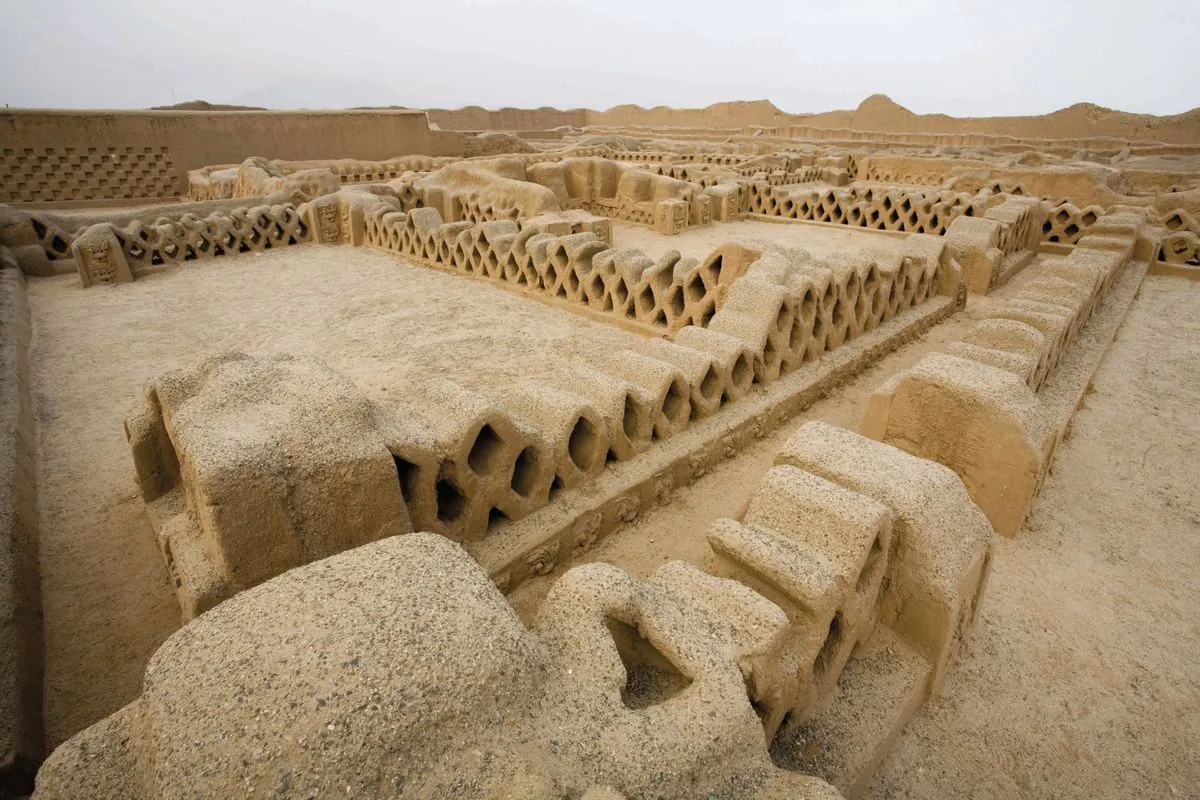In a significant archaeological discovery, researchers have unearthed the remains of nearly four dozen children near Trujillo, northern Peru. These findings, dating back over 600 years, are believed to be evidence of ritual sacrifices performed by the Chimu culture.
The Chimu civilization, which flourished in northern Peru from approximately 900 to 1470 AD, was known for its complex society and religious practices. This recent discovery sheds light on their sacrificial rituals, which were likely conducted during times of crisis.
Archaeologist Julio Asencio reported, "Many of these remains have cuts on the sternum, some on their ribs." This evidence suggests a systematic approach to the sacrifices, possibly involving the removal of hearts. Each child was interred individually, indicating a deliberate burial process.
The excavation also revealed the remains of two adults and nine llamas, which were likely offerings representing essential resources for the Chimu people. Llamas were crucial for food, clothing, and transportation in pre-Hispanic Peru.
The Chimu culture, which dominated northern Peru from the 8th to the late 15th century, was known for its sophisticated irrigation systems and skilled metalworking, particularly in gold and silver. Their capital, Chan Chan, was the largest pre-Columbian city in South America, showcasing their architectural prowess with large adobe brick structures.
This discovery is not isolated. A previous excavation nearby uncovered a mass sacrifice site containing 140 children and hundreds of llamas, all displaying similar physical evidence of ritual killing. These findings suggest that child sacrifice may have been a widespread practice among the Chimu, possibly as an attempt to appease their gods during environmental crises such as floods.
The Chimu worshipped the moon, believing it more powerful than the sun, and had a polytheistic religion with numerous deities. Their society was highly stratified, with a powerful elite class believed to be of divine origin. They developed a complex system of record-keeping using knotted cords called quipus and had their own language, Quingnam, which is now extinct.
Despite their advancements, the Chimu empire fell to the Inca around 1470 AD. The Inca Empire subsequently expanded to cover a vast territory from southern Ecuador to central Chile before its own decline approximately 500 years ago.
Peru continues to be a treasure trove of archaeological discoveries, with hundreds of ruins from various pre-Hispanic cultures dotting its landscape. These findings not only provide insights into ancient practices but also contribute to our understanding of the rich tapestry of civilizations that once thrived in this region.
As excavations continue, archaeologists hope to uncover more information about the Chimu culture, their rituals, and the circumstances that led to these mass sacrifices. Each discovery brings us closer to understanding the complex history of pre-Columbian South America and the societies that shaped it.
